As the problem is stated, there may be no possible solution. The obstacle is that not every number of points N may admit a packing of the kind you are specifying.
You can take the radius to be fixed at 1 and scale afterwards in all cases here.
The requirement that the circles have the same radius and have the same distance to nearest neighbors is tantamount to saying that nearest neighbors are tangent to each other. All nearest neighbors, under this assumption, have the same gap on a line segment connecting their centers. Expand the radius by one-half this gap and now all closest circles are tangent. The centers don't move under this transformation. So we can assume the circles are tangent.
Circle packing is not a trivial mathematical problem, and proofs minimality or non-existence have tended to require computer-assisted proofs. I don't even know about that existence for arbitrary N. There might be a result out there, but it didn't come up in a brief search.
If you don't need every N, but simply a series of them so you can get N big enough, every quasiregular polyhedron and their duals (such as the rhombic triacontahedron, which folks on here might know better as a 30-sided die) all admit circle packings. So do their subdivisions (the figure induced by splitting edges into k pieces). So for given number of circles >N, pick one of the above polyhedrons and subdivide it so that the number of faces is large enough.
